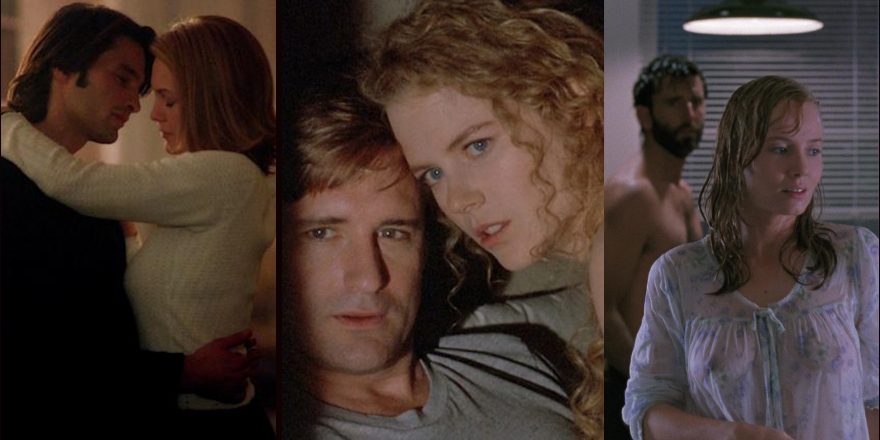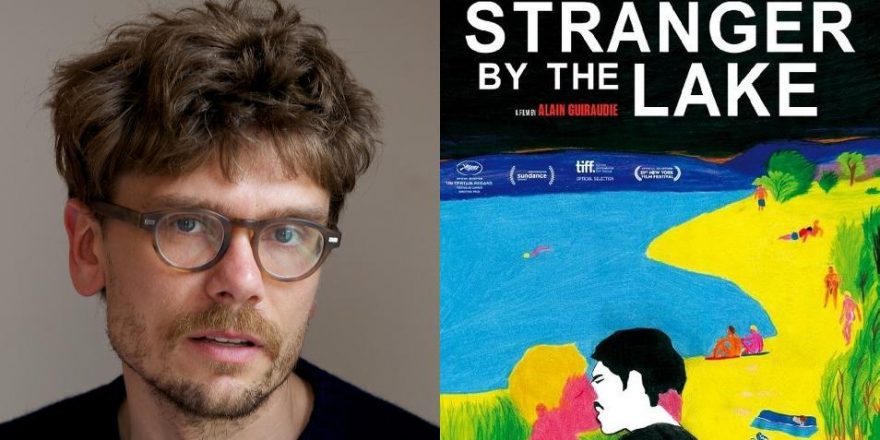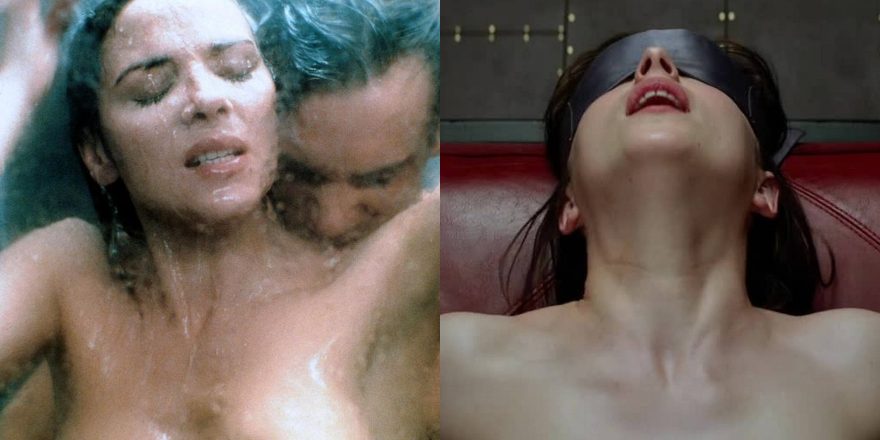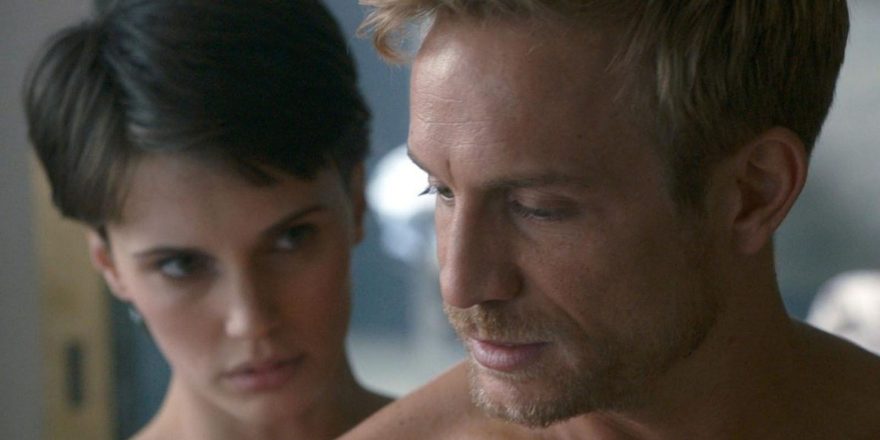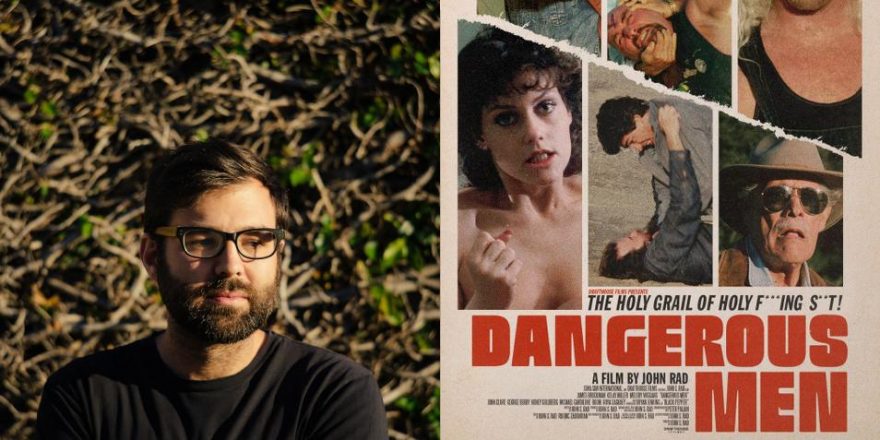My new movie, The Voyeurs, is a reinvention of the erotic thriller for a modern audience. In preparation for the film, I devoured countless films in this lost genre and wanted to share six of my favorites.
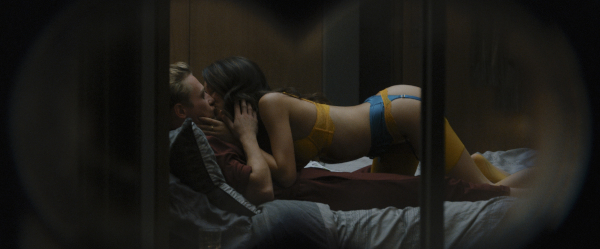
Unfaithful
The story couldn’t be more straightforward. A married woman has an affair with a hot, young intellectual. Her husband starts to catch on. Because this is an erotic thriller, you know full well that someone is going to die, and the audience plays a simple game of trying to predict who kills who and how.
Suspense is built in the simplest of ways. Yes, each of the sex scenes is creatively staged, each with a specific and bizarre emotional subtext to distinguish them from each other. But they are always punctuated with quiet, still moments lingering on Diane Lane’s face as she processes her dilemma, wallowing in her complex emotions. There is a unique joy in watching actors work extra hard to make a ridiculous premise feel real, and she pulls it off. On top of that, Peter Biziou’s cinematography lends a gravitas to the proceedings, especially in his insert shots, all of which metaphorically tie into the story.
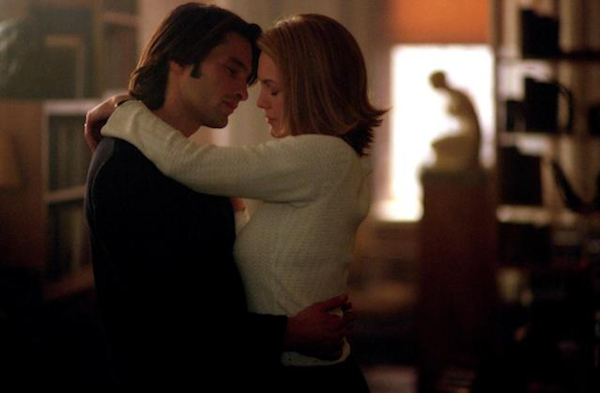
I believe this film was the last true erotic thriller to come out. Despite the critics being mixed on it, Diane Lane was nominated for an Oscar, and it grossed $120 million. This is one of the all-time greats, and it’s a complete mystery why erotic thrillers essentially ceased to exist after this came out.
Body Double
Watching this fever dream of a movie, it feels like Brian De Palma learned that he had six weeks left to live and decided to put all of his cinematic ideas in this film, whether or not they fit the story. It’s about an out-of-work actor who is housesitting at the Chemosphere and how he becomes more and more intrigued by a porn star he watches through a telescope. But following the plot is a fool’s errand – it’s the kind of film where you simply need to let the vibe wash over you in order to enjoy the onslaught of baffling maximalist creative decisions. From the sudden switch to rear projection mid-scene, to the abrupt musical number that happens toward the film’s climax; it’s crazy to think this is the blank check movie De Palma wanted to cash after the massive success of Scarface.
Body Double also contains one of my favorite set pieces in all of De Palma’s filmography. In a moment of pure visual storytelling, we follow the main character tailing his object of desire, while a stalker is simultaneously tailing her at the same time. It’s the kind of sequence that can only exist in a movie; it would be so challenging to read in a novel and could never work in audio form. The way De Palma carefully lays out the geography and visual design of how his three chess pieces move across the board is remarkable.
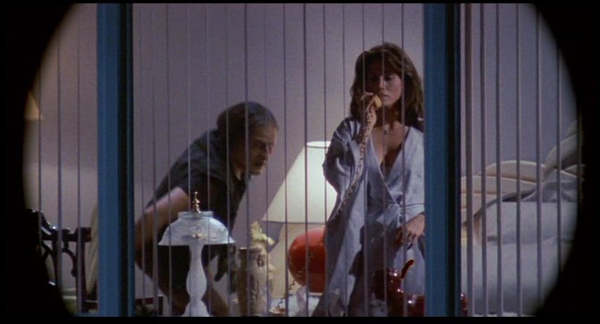
I also just love that the killer’s weapon — a giant drill — is a direct homage to Slumber Party Massacre, one of the smartest horror movies ever made, and directed by a woman.
Single White Female
After being nominated for the Best Director at the Academy Awards for Reversal of Fortune, Barbet Schroeder decided to make his version of a modest “[blank] from hell” movie. The story is about a heartbroken woman whose new roommate turns out to be a bit of a stalker.
In William Goldman’s seminal memoir, Adventures in the Screen Trade, he writes in all caps, twice in a row: “SCREENPLAYS ARE STRUCTURE. SCREENPLAYS ARE STRUCTURE.” This is a film where you can almost feel screenwriter Don Roos’ notecards tacked to the wall, and any of the obligatory scenes involved in the setup of the story are so efficiently handled so that we can luxuriate in all the moments we came for: watching Jennifer Jason Leigh creep the hell out of Bridget Fonda. This simple premise is exploited to its fullest potential, resulting in one of the creepiest sex scenes in all of cinema history.
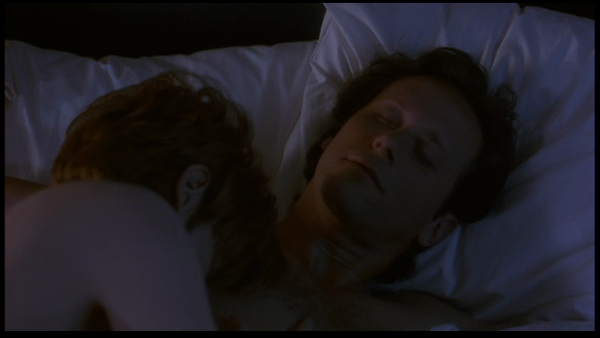
As lowbrow as the movie might seem, Schroeder’s craft is exquisite. In his insightful commentary track, he talks about his deliberate choice to fully embrace third act B-movie genre tropes in the same way Fatal Attraction did a few years earlier (which was rightly nominated for an Oscar for Best Picture). When the “big reveal” happens in this story, Bridget Fonda’s character is shot entirely in silhouette. As she learns the devastating information, she turns ever so slightly toward the light. The lightbulb goes on for her. It’s such an elegant way to cinematically enhance the performance, while also recalling the film noirs of old. Bringing such highbrow ideas to lowbrow stories is what make these guilty pleasures for me, feel less guilty.
Stranger by the Lake
This film was never billed as an erotic thriller, but all the hallmarks of the genre are on display. One of which involves characters falling in lust with people who are likely unhealthy for them. In this case, the object of desire just so happens to be a cold-blooded murderer who hangs out every day trolling for men at the local nude beach.
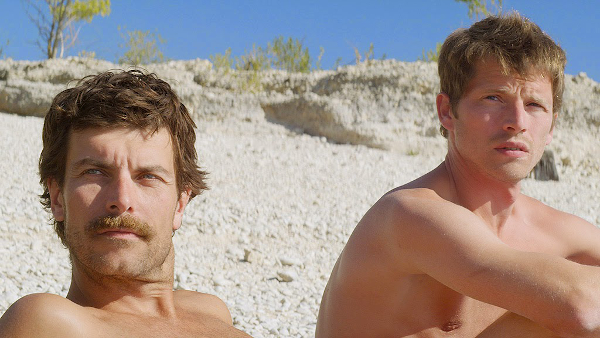
It is truly wonderful how the film never obscures male genitalia; there are penises galore. Therefore, we prescribe a sense of realism to such a preposterous situation. In fact, the scenes of intimacy are so graphic that director Alain Guiraudie hired sex workers as body doubles. It’s incredibly visceral.
But my favorite thing about this film is the sound design, or really the lack thereof (in fact, this was the biggest influence on my last short film, Pink Grapefruit). There’s no score in this film; the quiet ambience simultaneously brings an austerity and an intensity to the story, causing you to lean further in, wondering what might happen next.
The Hand That Rocks the Cradle
Amanda Silver’s “nanny from hell” screenplay is so unique because from a structural perspective — she makes Rebecca De Mornay the protagonist of this story, despite her motivations being so deliciously fucked up. This is a character who will stop at nothing to achieve her goal: avenging her husband’s suicide and her own miscarriage by ruining the life of the person who caused the suicide, and stealing her baby in the process.
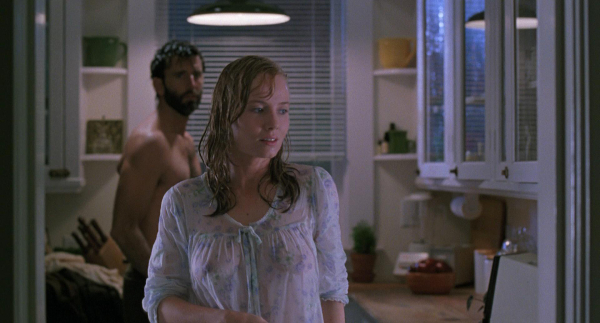
There is one specific turn in this script that is absolutely brilliant. We see Rebecca De Mornay sabotage the glass panels in a greenhouse in the backyard of the family she’s nannying for. Curtis Hanson is so evenhanded with how he shoots this; he’s smart to give the audience enough information for them to know that a trap has been set, but we are unaware of the exact specifics. And we see almost immediately that Annabella Sciorra’s character narrowly avoids this trap. De Mornay loses.
But then, the film confidently takes a bold stylistic move. It switches POV to follow one of the supporting characters (played by Julianne Moore), and we are led to believe she’s going to become the ultimate hero of the film. And the way these plants and payoffs intertwine is just so incredibly satisfying.
Malice
This is everything you would want out of an Aaron Sorkin-Scott Frank collaboration. Meaty scenes with precise power-dynamic shifts and bravura dialogue, coupled with expertly plotted twists and turns. I’m calling it now: this movie will eventually have a Sorcerer-esque renaissance in the future among hipster cinephiles.
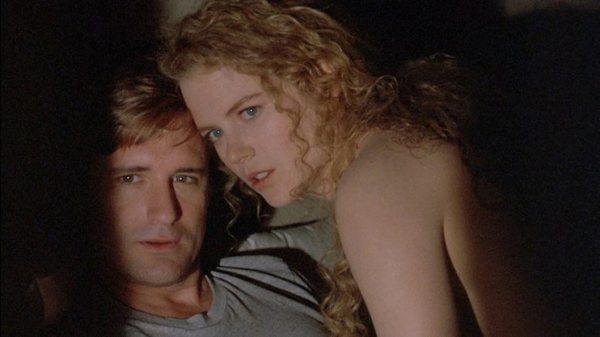
I watched this film knowing absolutely nothing about the story, and I think it’s best experienced that way. But I can say there is a major subplot involving a serial killer and a semen sample that functions as one of the most elaborate and surprising plant and payoffs I have ever seen in a major motion picture.
Harold Becker is not known for being all that inventive with his camera (see also: Sea of Love), but as utilitarian as his choices might be, every decision seems to be in service of sticking the landing, which gleefully goes off the rails as all great films in this genre do. From the homages to Chinatown, to the scenery-chewing performances by Alec Baldwin, Nicole Kidman, and Bill Pullman, in all my research into the erotic thriller genre, Malice was the most surprising discovery for me.
***
Note: Historically speaking, many of the films in this genre that were directed by women were taken over by men during the editing process. I would like you to encourage you to read Abbey Bender’s perfectly articulated article pleading for more women to direct erotic thrillers.



